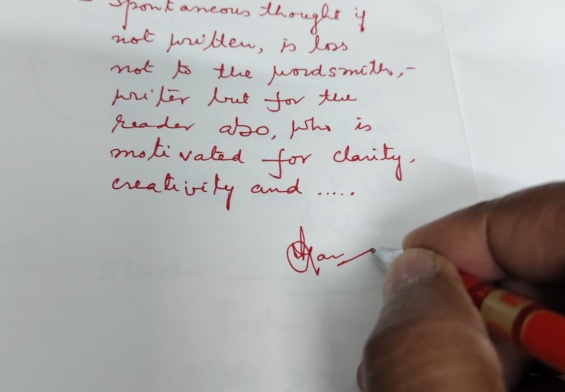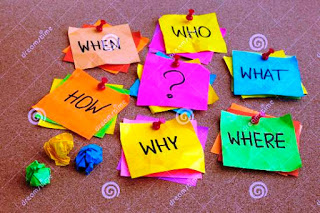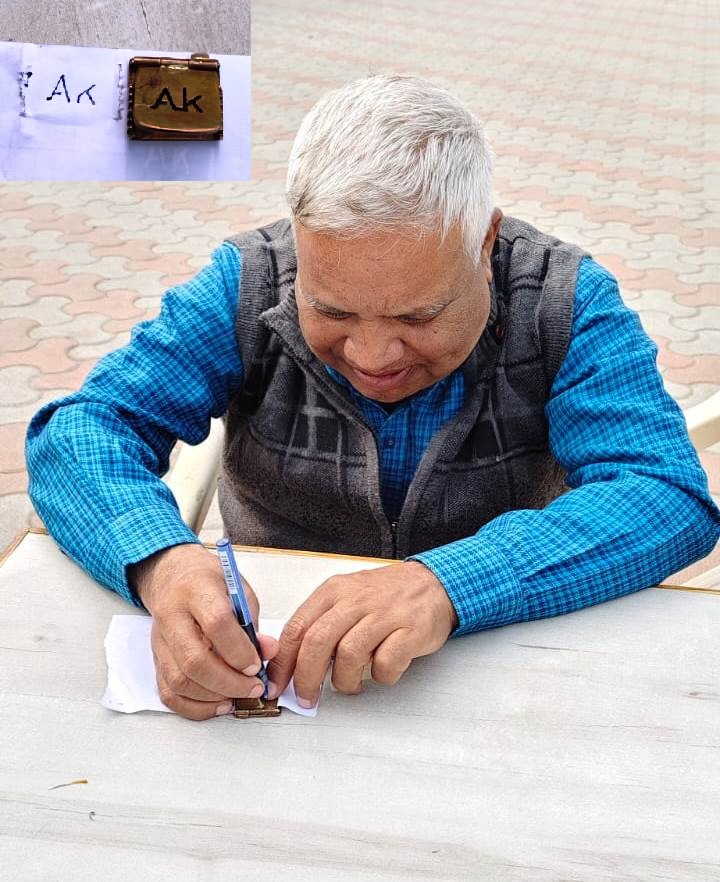
Empowering the Visually Impaired: The Significance of Signature Guides
Empowering the Visually Impaired: The Significance of Signature Guides
HARISH MONGA
The other day, while visiting the Home for the Blind, I noticed a small brass-like object in the hands of retired music lecturer Anil Gupta from Baljindra Government College, Faridkot. Despite my four-decade-long association with the institution, I had never come across this tool, nor had I realized its importance. Until now, I had only seen visually impaired individuals using their left thumb impression on documents—whether for school and college forms, admission applications, or leave requests to visit their hometowns.
Reflecting on my past contributions to the institution, I recalled dedicating my first book in Punjabi, Akhon Prokhe, in 1992, with the sale proceeds—amounting to around ₹1 lakh—donated for its welfare.
Curious about the tool Anil Gupta was holding, I asked him about it. He explained that it was a signature guide—a simple yet powerful device designed to help people with visual impairments sign documents accurately. These guides can be made from cardboard, plastic, or metal, with some advanced versions like GetBraille Signature Guides providing enhanced usability.
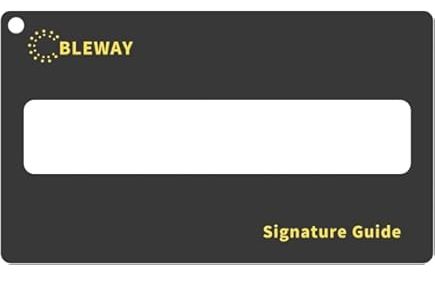
The Importance of Signatures
Signatures are more than just a scribble on paper—they are a legal and personal statement of intent, consent, and authorization. Regardless of a person’s vision, signatures play a vital role in various aspects of life:
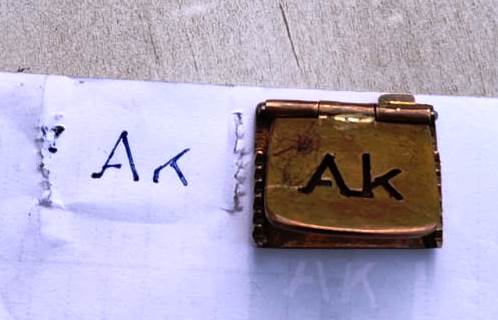
- Legal Significance: A valid signature authenticates contracts, agreements, and official documents, ensuring that all parties willingly enter into specified terms.
- Financial Transactions: Signatures are crucial for banking operations such as opening accounts, applying for loans, or authorizing transactions. They also act as a safeguard against fraud.
- Healthcare Consent: In the medical field, signatures grant consent for treatments, authorize procedures, and ensure proper documentation, protecting patients’ rights.
For individuals who are blind or visually impaired, the ability to sign independently is a significant step towards self-reliance. The GetBraille Signature Guide addresses this need by providing a structured frame to help locate the signature area and guide handwriting.
How Signature Guides Work
When a visually impaired individual needs to sign a document, a sighted assistant aligns the GetBraille signature guide over the designated area. The guide features a cut-out window positioned precisely over the signature line, acting as a visual and tactile boundary. This allows the person to confidently write their signature within the correct space, ensuring accuracy and legitimacy.
Anil Gupta emphasized that such tools not only enhance independence for the visually impaired but also reinforce their legal and financial autonomy. By integrating signature guides into everyday documentation processes, we take one step closer to an inclusive society where everyone can sign with confidence and dignity.




